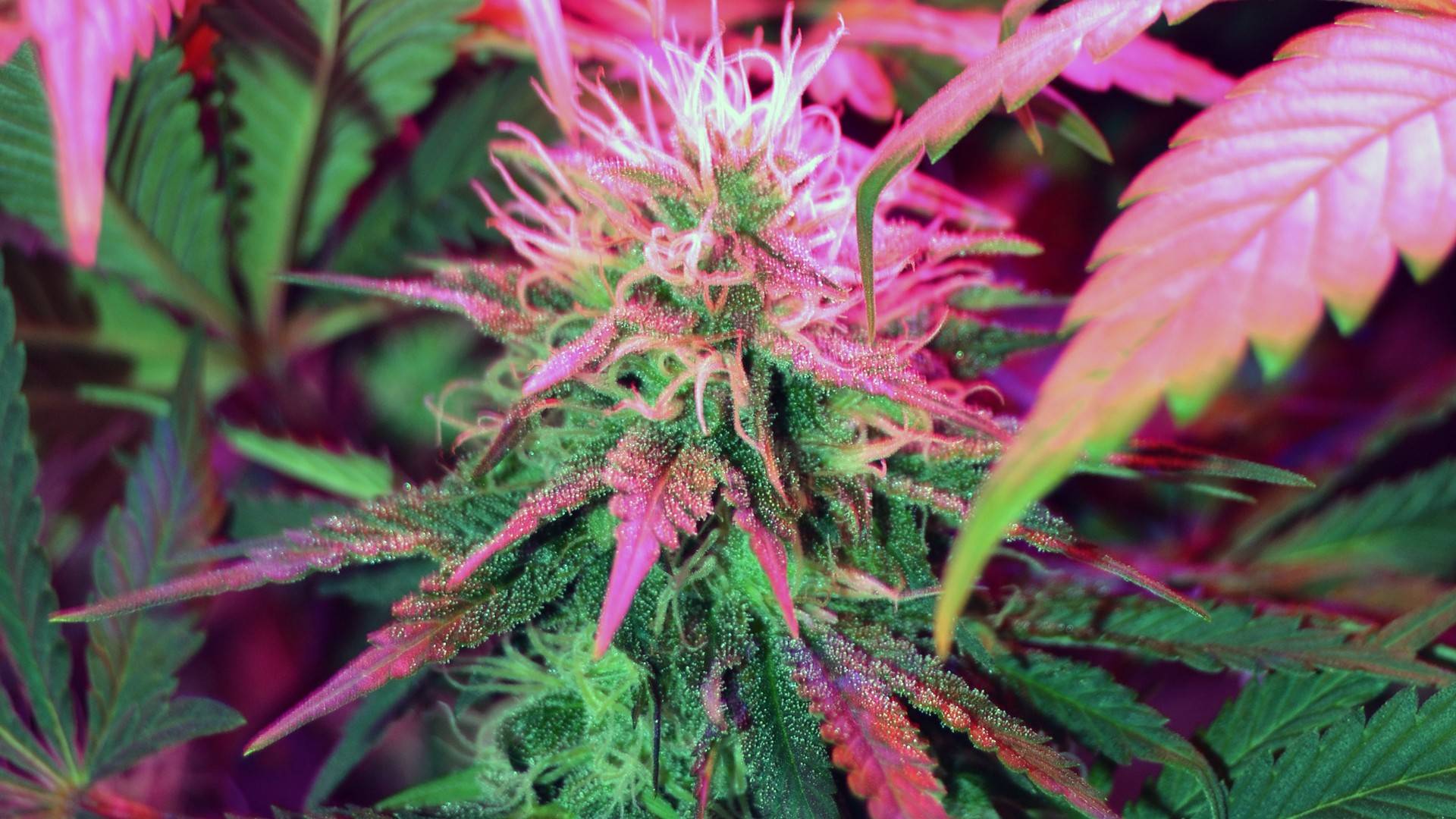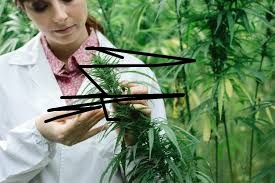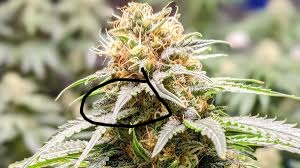Marijuana Precautions
Responsible use is imperative to adults in areas where recreational marijuana is legal. This includes:
Keep out of high doses new or inexperienced users.
Failure to combine marijuana with alcohol or other drugs.
Driving or performing high-risk activity under the influence.
Being conscious of the laws and age limitations.
Some people can relax and have fun with recreational marijuana but also need to be informed about the dangers that may happen. Striking a balance between the joys and the harms is a sure way of making sure that people make informed decisions regarding how they use them.
Health Risks and Side Effects of Marijuana
Understanding the Risks
Despite the medical potential and acceptability of marijuana in certain places, the drug also comes with its health risks. Such risks are variable in terms of dosage, frequency of use, age of the individual taking it, and sensitivity. Some of the effects are reversible and short term in nature; others on the other hand are long term or even permanent. These risks are important in understanding what can happen to individuals and communities when one is assessing whether to take marijuana or not.
Short-Term Marijuana Side Effects.
Upon consumption, THC acts fast on the brain resulting in a range of short time side effects. These can include:
Poor memory and concentrations: The users might have problems with attention span and recollections of recent events.
Issues of coordination: Marijuana impacts motor skills and therefore performing activities such as driving is risky.
Impaired judgment: Risk taking and poor judgment can arise.
Anxiety and paranoia: Paranoia or panic attacks occur in some people particularly those who use high-potency strains.
Increased heart rate: This may be dangerous to individuals with heart-related ailments.
Such effects tend to subside within a few hours, although they may cause accidents, injuries or unsafe decisions in the state of intoxication.
Physical Health Effects (Long-Term).
Certain physical health effects will arise as a result of regular marijuana use, especially in the form of smoking:
Lung Problems: When one smokes marijuana, this puts the lungs at risk of toxins and irritants just like the tobacco smoke. Long time use can cause cough, phlegm and bronchitis like symptoms.
Weakened Immune Response: According to some research, the cannabis smoke can have an influence on the immune system, which can result in the decreased ability to resist infections.
Effects on Fertility: It is still under study, but there is an impact on Fertility in that heavy marijuana use can result in decreased sperm count in men and distorted menstrual cycles in women.
Pregnancy Risk: Pregnant women who are exposed to marijuana face risks of impairing the development of the brain of the fetus resulting in cognitive and behavioral problems in the children.
Cognitive/mental health concerns.
Among the most alarming research aspects on marijuana, its impact on the brain and mental health can be mentioned:





